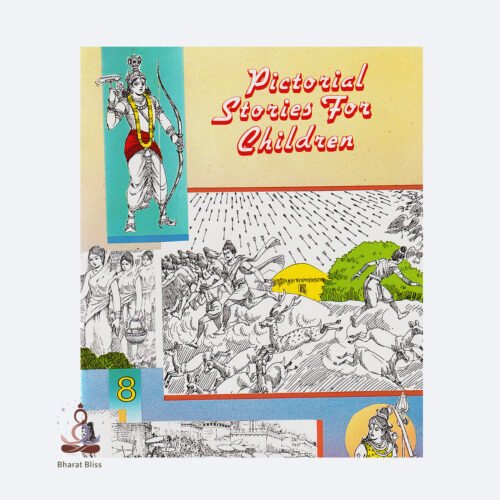Pictorial Stories for Children2
-
Scene 1: Jungle Kingdom
– A lion declares himself king and starts troubling all animals.
(Image: Lion roaring, animals looking scared) -
Scene 2: The Plan
– Animals decide to send one animal a day to the lion as food.
(Image: Group of animals talking sadly) -
Scene 3: Enter the Clever Rabbit
– One day, a clever little rabbit is chosen. He decides to teach the lion a lesson.
(Image: A smart rabbit thinking) -
Scene 4: Rabbit Meets the Lion
– Rabbit arrives late. Lion gets angry. Rabbit tells lion another lion stopped him.
(Image: Angry lion; rabbit talking) -
Scene 5: Lion Looks for Rival
– Rabbit leads lion to a deep well, says the rival lion is inside.
(Image: Lion looking into a well) -
Scene 6: Lion Jumps into Well
– Lion sees his reflection, thinks it’s the enemy, and jumps in.
(Image: Lion jumping into water) -
Scene 7: Animals Celebrate
– The jungle is safe again. All animals cheer for the rabbit.
(Image: Happy animals with the rabbit













